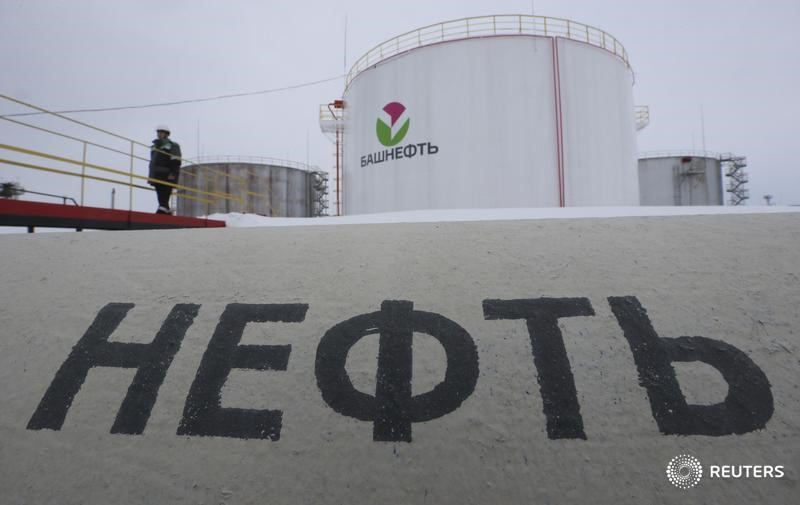By Barani Krishnan
Investing.com -- In its most simplistic form, Wednesday’s swings in oil could be described as the Jerome Powell factor playing against the fear of Vladimir Putin.
As Federal Reserve Chair, Powell warned Americans to brace for higher-for-longer interest rates after the central announced a anticipated 75-basis point hike as expected for September. The Fed isn’t alone with tightening though: Central banks in the United Kingdom to Switzerland are contemplating higher rates too this week.
Oil traders have to determine whether all that represent a more clear and present danger to their market than the potential disruptions that could come to Russia’s already sanctions-hampered oil exports from President Putin’s plan to place some 300,000 of his country’s army reservists on alert for Ukraine duty to ensure he doesn’t lose the war there.
An across-the-board increase in U.S. crude, gasoline and distillate stockpiles announced by the Energy Information Administration for last week drove oil prices toward the January lows hit a fortnight ago before pulling back in Wednesday’s session.
New York-traded West Texas Intermediate, which serves as the U.S. crude benchmark, settled down $1, or 1.2%, at $82.94 per barrel. WTI earlier hit a session low of $82.60, nearing the seven-month low of $81.20 it hit on Sept 8.
Brent, the London-traded global benchmark for oil, settled down 79 cents, or 0.9%, at $89.83, versus its intraday low of $89.32.
“There's no doubt that the next day or so offers crucial rate announcements from major central banks around the world and only one is expected to resist the urge to change anything. Even the Bank of Japan could be tempted to surprise the markets with a small tweak to its yield curve control policy tool, although that looks very unlikely at this point in time given recent statements,” said Craig Erlam, analyst at online trading platform OANDA.
“It's the Federal Reserve that is the talk of the town today though,” he added.
The Fed’s long-declared goal for inflation is 2%. No one is sure how long it would take for the central bank to get there and if it will even be possible by 2024.
The central bank’s performance in battling inflation has, however, been far from convincing.
Even after the Fed’s 75-bp hike in June, inflation, as measured by the Consumer Price Index, peaked at an annualized of 9.1% that month, marking a new four-decade high (the CPI data is typically lagged by a month, to be sure). Price pressures have come down since, with the CPI slowing to an annualized 8.5% in July and 8.3% in August. But its retreat of 0.8% over two months versus two rate hikes totaling 1.5% — is dismal, to say the least.
US interest rate hikes have some ways to go before the Fed considers a pause or reduction, with the likelihood of another 125 basis points being added before the end of this year, Chairman Powell told reporters after the September meeting of the Fed's policy-making Federal Open Market Committee, or FOMC.
Powell's comments came after the FOMC announced a third straight 75-basis point rate hike since June. It was the fifth hike for the year that brought key lending rates to a peak of 3.25% from a mere 0.25% in February.
Of course, the Fed could keep adding 75-bp increments to its remaining rate decisions for November and December to round out the year with rates ranging at 4.50-4.75%, compared to the zero to 0.25% it began 2022 with. Yet, it’s anyone’s guess where the CPI could be at that point. An educated guess would put it below 8% for sure, though there is still a good chance it would not be lower than 7.5%.
Putin said he had signed a decree on partial mobilization, saying he was defending Russian territories and that the West wanted to destroy the country.
"The oil complex (advanced) largely off Putin’s apparent escalation of the Ukraine war," analysts at energy consulting firm Ritterbusch and Associates said in a comment carried by Reuters, noting the strong dollar and expected higher U.S. interest rates will limit oil price gains.
